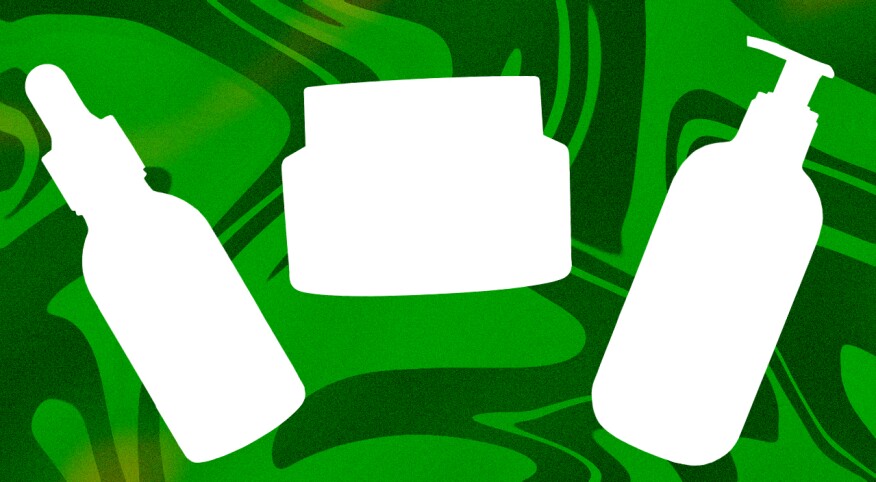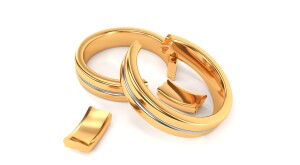The more birthdays we celebrate, the more our gorgeous skin craves moisture. In recent years, ceramides and hyaluronic acid have emerged as holy grail products in skin care since they absorb and retain moisture for hours on end, but another powerhouse ingredient is vying for your attention, Sis: squalane.
As someone who struggles with acne, the prescription-strength topical creams I rely on to control breakouts often leave my sensitive skin feeling dry and irritated, so I tend to be generous when applying moisturizers. Especially at night when our skin is the most absorbent! Recently, I started incorporating a squalane-based moisturizer into my skin care routine, and I'm not mad at the relief I get in between my acne treatments. Here’s what to know before adding this rich emollient to your vanity table.
What is squalane, and how is it different from squalene?
Squalene is a naturally occurring substance in the body, while squalane is converted from squalene via hydrogenation. Lighter in consistency, squalane is noncomedogenic (won't clog pores) and also mimics our skin's natural sebum, so it works well on a wide variety of skin types. Due to its lubricating effect, it melts in to skin without making you look greasy or shiny.
Squalene and squalane both work to moisturize the skin and lock in hydration. But squalane is preferred by cosmetic formulators since it's resistant to oxidation, aka when a product changes color and loses effectiveness after being exposed to air.
"Squalane is an effective emollient which helps soothe and soften the skin," says licensed esthetician Tiara Willis. It’s commonly found in moisturizers, but if you don't see squalane listed on the label, you can purchase it separately as an oil (be sure to buy the sustainable 100% plant-based version) and squeeze a few drops into your favorite moisturizer to give your skin some extra love.
Can squalane help give me youthful-looking skin?
One of the keys to looking more youthful is adding pops of hydration à la squalane where common signs of aging like fine lines and wrinkles appear. Squalane "is thought to slightly improve the appearance of fine lines and wrinkles [and] sun damage … because it's rich with antioxidants, it helps to fight [damaging] free radicals," explains board-certified dermatologist Jeanine Downie. Free radicals are brought on by multiple internal and external factors, including sun exposure, cigarette smoke, air pollution and even stress; all of which speed up the aging process, Dr. Downie adds.
Is squalane helpful for fading dark spots?
Melanated sisters know the struggle of getting rid of hyperpigmentation (dark spots or patches). Squalane speeds up cell turnover and promotes collagen production, so it may gradually fade pesky dark areas. But for hyperpigmentation, Dr. Downie prefers vitamin C, hydroquinone, cystamine, retinoids, tranexamic acid or kojic acid.
Squalane is also known to reduce oil production and inflammation, so you may experience relief for skin conditions like eczema and psoriasis, along with fewer breakouts. Still, it can't compare to hydroxy acids (salicylic and glycolic) or benzoyl peroxide when it comes to fighting acne.
What can squalane do for my hair?
Squalane isn’t just good for hydrating your skin — as an oil, apply it directly to your hair for added shine and moisture and less breakage. Its molecules are small enough to penetrate deeply into the hair follicle without weighing down your strands, making it an option for achieving bouncy twist outs or maintaining a frizz-free silk press.
How do I use squalane?
When paired with hyaluronic acid or dimethicone (another moisturizing ingredient), squalane can provide a blast of hydration. However, Dr. Downie notes that it comes down to the "specific formulation.” Consult with your dermatologist before mixing skincare ingredients.
So, which form of squalane should you try? "If [you] have oily skin, [you] should use a serum or gel, [whereas an oil is ideal for] very dry skin," Dr. Downie advises. If you're using squalane oil, work it in after your toner and serum but before your moisturizer with sunscreen (yes, even in the winter months!) as the final step. As always, do a patch test to rule out any sensitivity and allergic reactions.
Three squalane oil options: The Ordinary 100% Plant-Derived Squalane Skin and Hair Hydrator Serum (Ulta, $10), Timeless Skin Care Squalane Oil 100% Pure (Amazon, $17) and Biossance 100% Sugarcane Squalane Oil (Sephora, $34)
Three squalane-based product options: e.l.f. SuperHydrate Gel Moisturizer (elfcosmetics.com, $12), The Outset Nourishing Squalane Daily Moisturizer (TheOutset.com, $44) and Kiehl’s Ultra Facial Cream with Squalane (Kiehls.com, $25-$105)
Prices are subject to change.











